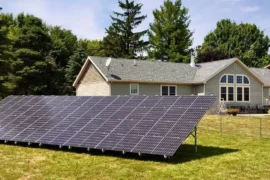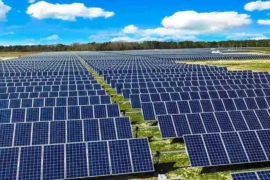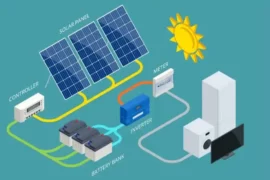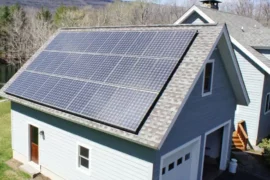Wind turbines are now a staple in our landscapes, symbolizing the shift towards renewable energy. However, not everyone understands the mechanics behind these towering giants. This article explores the fascinating details of wind turbine blades, including their size, how they generate power, and what happens when they spin too fast.
The Dimensions of Wind Turbine Blades
A typical contemporary land-based wind turbine has blades that are over 170 feet in length (52 meters). The GE Haliade-X offshore wind turbine boasts the longest blades, measuring an impressive 351 feet (107 meters)—roughly the length of a football field.
How Wind Turbines Generate Power
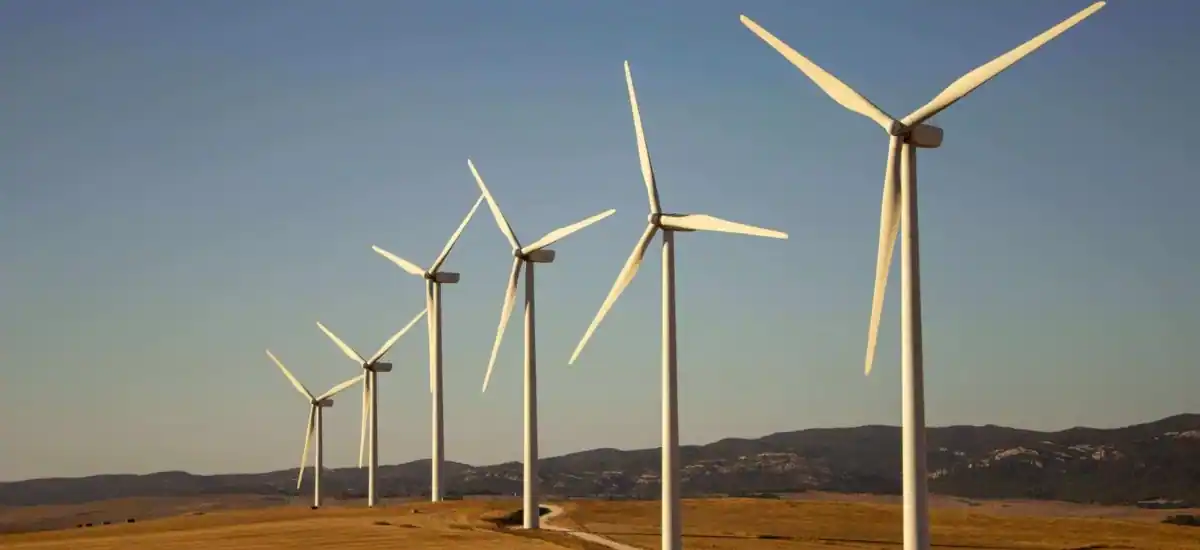
When wind travels over a blade, it creates a difference in air pressure between the two sides of the blade. This difference generates lift and drag forces. The lift force, being stronger, causes the rotor to spin. This rotation converts kinetic energy from the wind into mechanical energy, which is then transformed into electrical energy by a generator.
Wind Turbine Blade Length Calculator
To determine the power output, revenue, and torque of a wind turbine, you can use a wind turbine calculator. This tool can be used for both horizontal-axis wind turbines (HAWT) and vertical-axis wind turbines (VAWT). Here’s a breakdown of how to use it:
- Select Turbine Type: Choose between HAWT and VAWT from the drop-down menu.
- Input Variables: Enter factors such as blade length, wind speed, and air density.
- Calculate: The calculator will provide an estimate of the turbine’s power output and efficiency.
Horizontal-Axis vs. Vertical-Axis Wind Turbines
- Horizontal-Axis Wind Turbines (HAWT): These are the most common onshore turbines, often located on hills or offshore. They have blades that revolve around a horizontal axis and are known for higher efficiency.
- Vertical-Axis Wind Turbines (VAWT): These turbines have blades that revolve around a vertical axis. They are less common but are effective in changing wind directions.
Calculating Wind Turbine Power
To estimate wind turbine power, follow these steps:
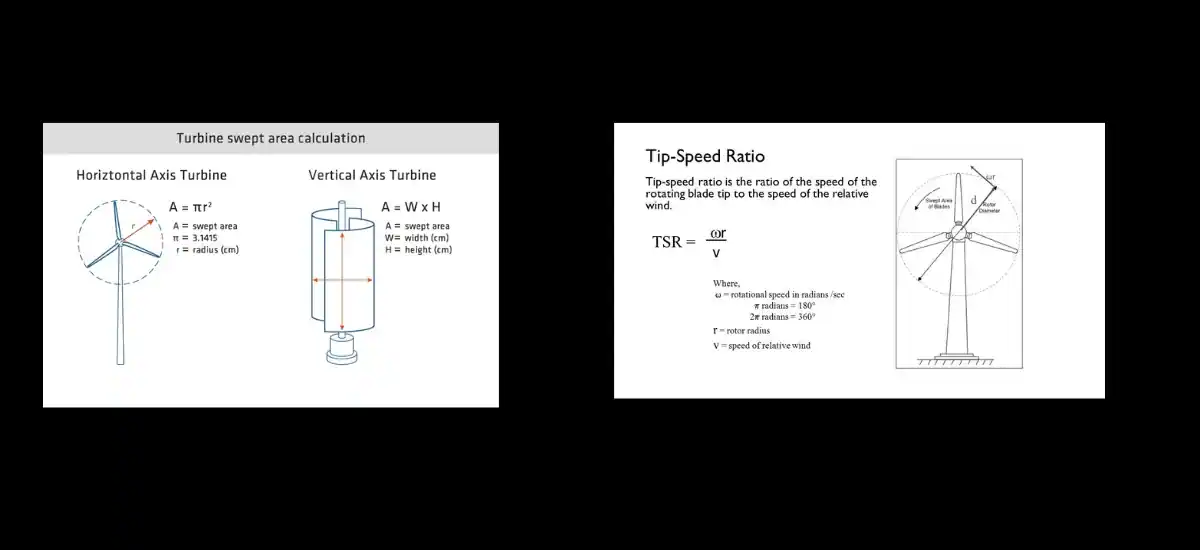
- Determine the Turbine’s Swept Area:
- For HAWT: A = π * L²
- For VAWT: A = D * H
- Where L is the blade length, D is the diameter, and H is the height of the turbine.
- Estimate Available Wind Energy:
- Pwind = 0.5 * ρ * v³ * A
- Where A is the swept area, ρ is the air density (typically 1.225 kg/m³), and V is the wind speed.
- Find Turbine Efficiency:
- μ = (1 – kₘ) * (1 – kₑ) * (1 – ke,t) * (1 – kt) * (1 – kw) * Cₚ
- Where Cₚ is the power coefficient, and the other factors account for various losses.
- Calculate Power Output:
- Poutput = μ * Pwind
Why Are Wind Turbine Blades So Large?
Wind energy benefits from economies of scale. Larger, longer blades capture more wind, thereby generating more power. Constructing a few large turbines is more cost-effective than building multiple smaller ones, requiring less space, fewer resources, and lower maintenance costs.
Factors Affecting Power Generation
- Swept Area: Larger blades cover a greater area, capturing more wind.
- Wind Speed: Higher wind speeds result in more energy. Wind farms are often located in windy areas to maximize efficiency.
- Air Density: Denser air, found at lower altitudes and colder temperatures, carries more energy, increasing lift on the blades.
Limitations on Blade Length
The maximum blade length is limited by structural integrity and transportation logistics. Longer blades are more flexible, which can lead to increased vibration and potential damage. Additionally, transporting large blades poses challenges due to their size and the infrastructure they must navigate.
Weight of Wind Turbine Blades
- Blades for a 1.5-MW turbine typically measure 110 to 124 feet in length, weigh around 11,500 pounds, and cost between $100,000 and $125,000 each.
- Blades for a 3.0 MW turbine are about 155 feet long, weigh around 27,000 pounds, and cost between $250,000 and $300,000 each.
Replacement and Maintenance
Wind turbine blades need periodic replacement due to wear and tear, corrosion, and other factors. Proper installation and maintenance are crucial for extending the life of the blades. Replacing blades involves significant costs and logistical challenges, but is essential for maintaining efficient power generation.
Frequently Asked Questions
Q1: What is the lifespan of a wind turbine?
Modern wind turbines typically have a lifespan of 20 years, which can be extended to 25 years or more with proper maintenance. However, maintenance costs increase as the turbine ages.
Q2: Why do wind turbines have three blades?
Three blades provide a balance between structural efficiency and cost. Fewer blades would require more complex structural dynamics, while more blades would increase costs.
Q3: How deep are wind turbine foundations?
Offshore wind turbine foundations are secured to the ocean floor using cables, typically at depths of 300 to 400 feet.
Q4: What speed do wind turbines turn at?
Wind turbines generally rotate at 10 to 20 revolutions per minute (RPM), depending on wind speed and turbine design.
Conclusion
Wind turbines are marvels of modern engineering, converting wind energy into electricity efficiently. Understanding the factors influencing their operation and efficiency helps appreciate their role in renewable energy. As we move towards a greener future, wind turbines will continue to be a crucial part of our energy landscape.
Related Posts:- How Long Are Wind Turbine Blades?


